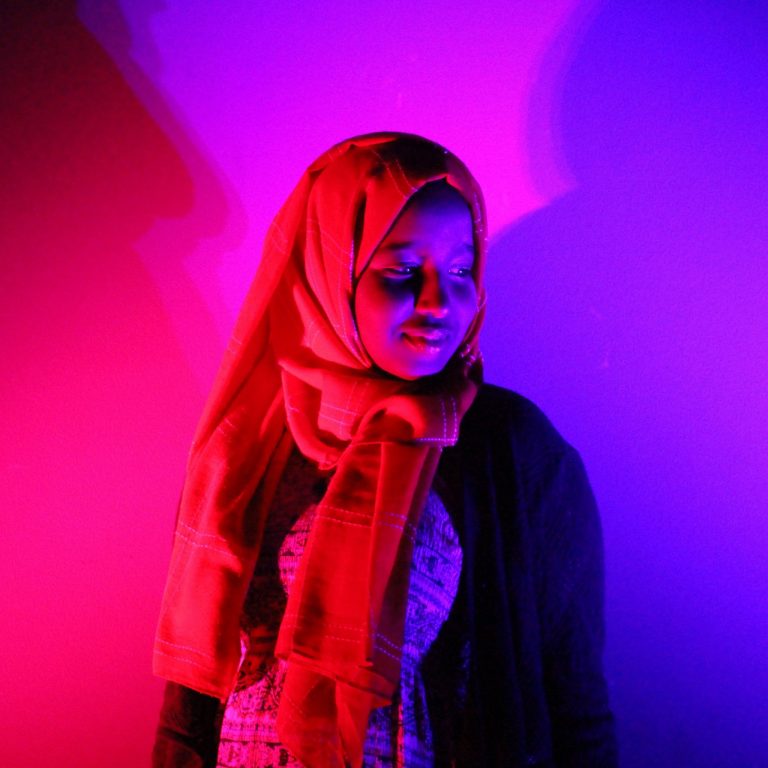
Ruqiya Barreh
One of Netflix’s newest shows, The Midnight Gospel, is one that defies easy categorization. Created by Pendleton Ward (creator of beloved Adventure Time) and Duncan Trussell (creator of the podcast The Duncan Trussell Family Hour), The Midnight Gospel is simultaneously a fantastical science-fiction odyssey journeying across Salvador Dali-esque dreamscapes and a meditative reflection on what really makes us human.
The show’s premise is that Clancy (voiced by Trussell) is an aspiring “spacecaster” (the sci-fi equivalent of a podcaster) who uses his Universe Simulator to enter different worlds and interview a unique cast of characters. Although some of the show is scripted, the majority of The Midnight Gospel’s dialogue is actually taken from Trussell’s various interviews with guests on his podcast. Those conversations are then adapted to pair with Ward’s psychedelic worlds, usually with fantastical stakes; for example, a conversation about forgiveness and letting go is adapted into following a knight as she goes to avenge her lost lover.
Without spoiling the rest of the show, I can confidently say that The Midnight Gospel made me so much more emotional than I ever expected. In a time where it’s easy to feel alone and disconnected, The Midnight Gospel allows the viewer to experience a human connection that’s so intimate and so needed. Through its combinations of surrealist animation and poignant conversations, The Midnight Gospel is an inquisitive look at spirituality and the world around us, and I cannot recommend it enough.

Tanner Lewis
Blame! is a cyberpunk anime feature created by Polygon Pictures and released globally by Netflix in 2017. It is based off of the manga of the same name by Tsutomu Nihei.
Blame! takes place in a future in which machines have taken over a city, and by reasonable suspicion the world. In the city, the machines are tasked with continuously building and rebuilding the city, so that the humans can never be exactly sure of where they are. Within the city all humans are marked as illegal residents and are hunted by the machines. The story opens with the main character, Zuru, and her friends going out beyond the safety of their village in order to find food for their rapidly depleting stores. Along the way they are attacked, but some are saved by Killy, a quiet, but powerful man with robotic capabilities. With the hopes of being able to take back the city — and help from the robot A.I. of a scientist alive at the outbreak of the machine revolution — the last remnants of humanity go in search of a factory that can create whatever they need.
Blame! uses stunning CG animation that not many animes have been able to get just right. The backdrop of the city also provided remarkable shots that just showed the immensity of the city. While overall I thought the story was somewhat lackluster and the ending left me dissatisfied, Blame!’s background visuals and battle animations more than make up for it.
Even with its flaws, the premise of Blame! paired with its remarkable visuals really does inspire the viewer to learn more about the world of Blame!. With a whole manga and anime series to catch up, there is plenty of content to take in.


Comments